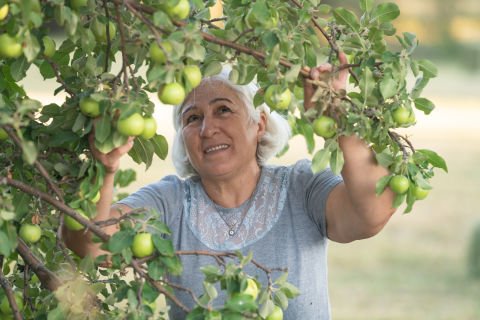Even though people older than 50 are one of the largest, and wealthiest, population groups, retailers tend to focus the customer experience on younger shoppers.
The average young consumer is busy with work and family obligations – they want to be able to get in, grab any desired products, and get out of stores as quickly as possible. Or they just go online.
But a survey in the United States has found that’s not what older shoppers want. They typically have fewer opportunities to socialise and get out of home.
According to the study, seniors typically have fewer opportunities to get out of home and socialise and shopping is an experience they want to enjoy.
Brands we don’t trust
Drum roll! Optus was the least trusted brand in Australia in the 12 months to June 2023, according to a Roy Morgan survey.
The verdict followed a year from hell for the telecommunications giant after a security breach led to the personal details of at least 10 million customers being leaked to the dark web.
Following Optus in the distrusted brands list were Facebook/Meta, Telstra, NewsCorp, and Amazon.
A data breach that affected Medibank in October 2022 contributed to its position as the sixth most distrusted brand in the economy.
It was quite an “achievement” for Optus, as it replaced Facebook/Meta for the first time since Roy Morgan began measuring trust and distrust in 2018.
Roy Morgan also reported that telecommunications has overtaken social media as the most distrusted industry.
The most trusted brands list is still dominated by major retailers, with supermarket behemoths Woolworths and Coles continuing to hold the top two positions. Bunnings, ALDI, and Kmart round out the top 5.
Related reading: Roy Morgan, Your Life Choices
It seems retailers in the US are rediscovering older people (and their money) and are finding ways to make their shops more senior-friendly.
A retail industry journal, Retail Customer Experience, reveals their strategy and provides an insight into what Australian seniors can expect.
The website says retailers should take steps to optimise the shopping experience for seniors. These include:
1. Be a friendly face.
Shopping is a social experience for seniors and many seniors feel that stores are understaffed and their workers not trained well enough to meet their needs. Retailers must create a better shopping environment that will attract and support seniors.
This means ensuring staff can answer questions about each product, and that they are friendly and empathetic towards seniors.
2. Don’t talk down.
Product advertisements should be relatable to seniors. They should demonstrate how a product can help seniors remain independent and enhance their wellness.
Most seniors understand what a product does, they just want to know how it will make their lives easier.
3. Focus on quality and branding.
Seniors – even low-income seniors – are often more willing to pay higher prices for premium products. Staff members should know how products might appeal to seniors based on values such as quality and brand loyalty.
4. Go easy on the eyes.
Seniors can find price displays and other store signage difficult to read. By using larger, easy-to-read fonts and clear imagery, retailers can ensure that senior shoppers will be less likely to need help understanding the “fine print”.
5. Prioritise comfort.
Make sure there are plenty of places for older shoppers to sit – comfortably and out of the way of other shoppers.
The article concludes, “Stores have an incredible opportunity to create a retail experience that makes happy, healthy, and safe ageing a societal norm. By creating an environment that welcomes seniors, retailers can tap into a growing market and capture the hearts of a loyal demographic.”
Related reading: Retail Customer Experience










